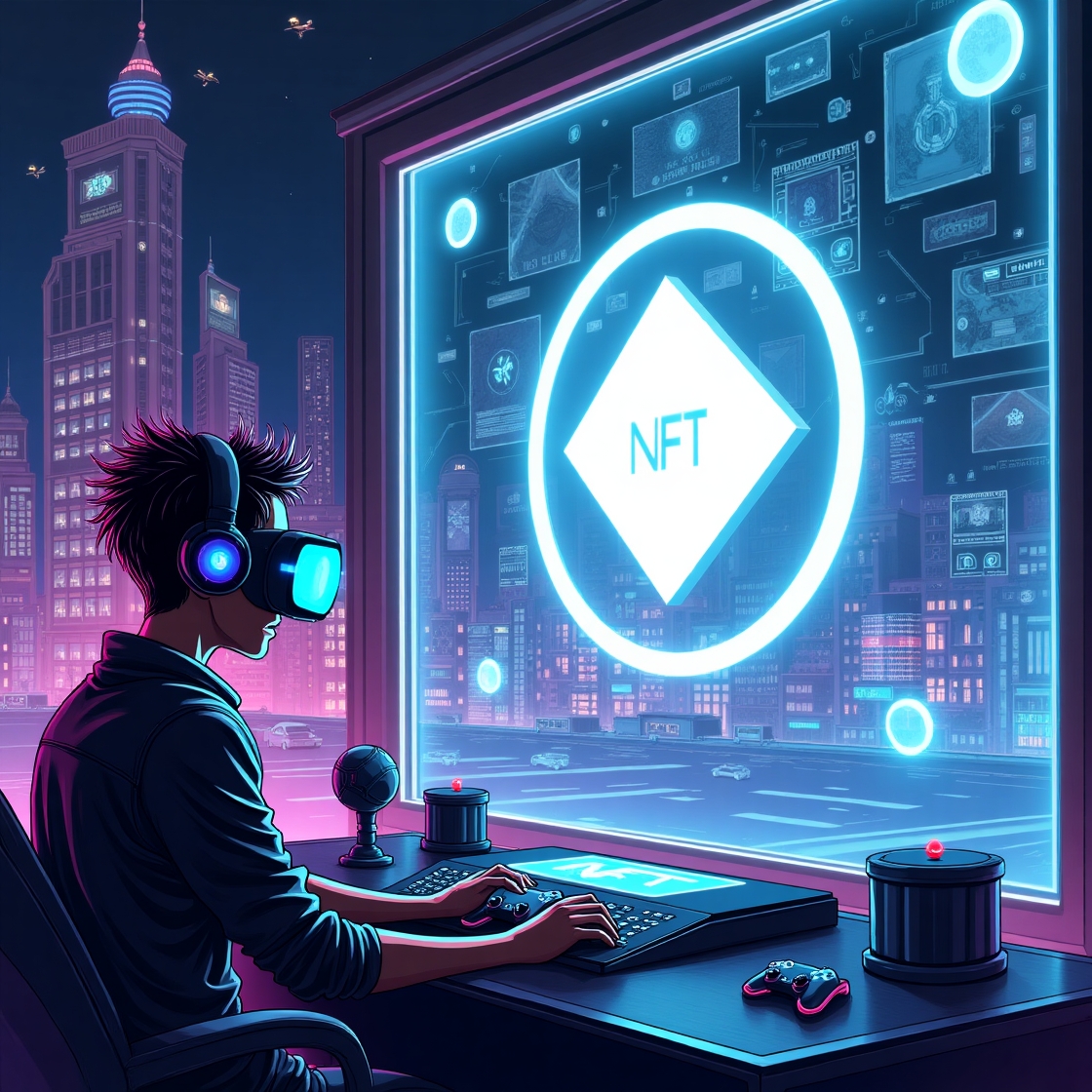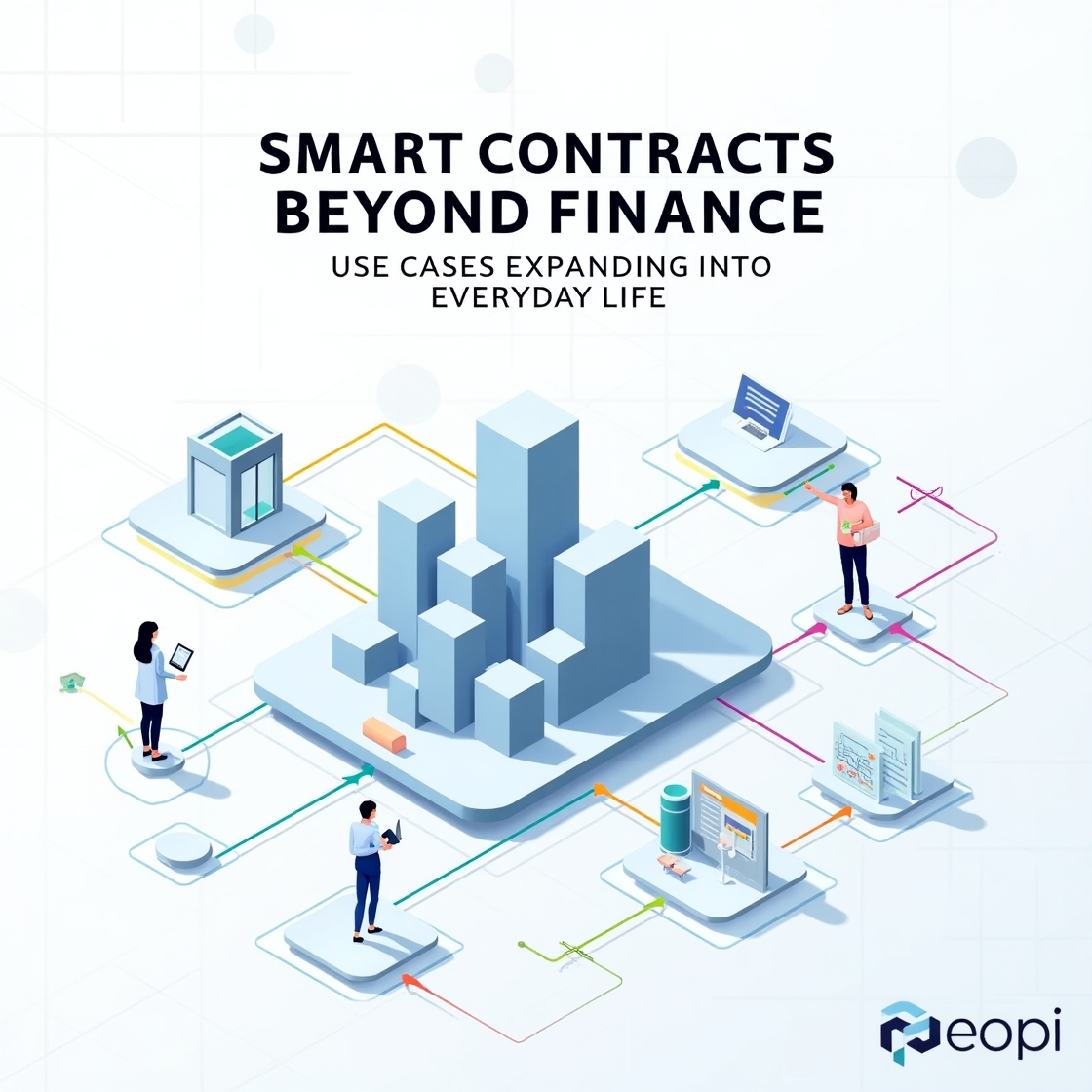Decentralized Identity Solutions: Could Web3 Replace Traditional Logins?
The familiar act of logging into websites and apps—usually with a username, password, and maybe a 2FA code—has become second nature in our digital lives. But it’s also a system riddled with problems: data breaches, password fatigue, and the risk of centralized platforms misusing or leaking personal information.
Enter Decentralized Identity (DID)—a core promise of Web3 that aims to replace traditional logins with secure, self-sovereign identities owned and controlled by users. In 2025, this concept is rapidly gaining traction, with real-world use cases and infrastructure finally taking shape.
But what exactly are decentralized identity solutions, and can they realistically replace logins as we know them?
What Is Decentralized Identity (DID)?
Decentralized identity is a framework where individuals can create and manage their own digital identities without relying on centralized authorities like Google, Facebook, or governments. These identities are:
- Self-sovereign: You, and only you, control your identity and the data attached to it.
- Verifiable: Credentials can be cryptographically verified by third parties without needing to “phone home” to the issuer.
- Privacy-respecting: You choose what to share, when, and with whom—reducing over-collection of personal data.
At the heart of DID is the idea that your identity doesn’t need to live on a company’s server. Instead, it can live in your wallet—just like your crypto—and be portable, secure, and programmable.
How Web3 Is Enabling This Shift
In Web3, identity is shifting from email-password combos to wallet-based authentication. With one click, users can log in to dApps using MetaMask, WalletConnect, or similar tools—no password required.
But this is just the beginning. Projects like ENS (Ethereum Name Service), Lens Protocol, Worldcoin, Spruce, Polygon ID, and Ceramic are working to create fully decentralized ID layers that go beyond login to encompass:
- Reputation
- Credentials
- KYC/AML compliance
- Social graphs
- Biometric data ownership
In short, Web3 identity isn’t just about who you are—it’s about what you can prove.
Traditional Logins: What’s Broken?
To understand the appeal of decentralized identity, it helps to look at the problems it solves:
1. Data Silos & Centralization
Every time you create a new account, you hand over personal data to a different provider. These centralized databases are prime targets for hackers, leading to widespread breaches and identity theft.
2. Password Fatigue
The average user juggles dozens of accounts. Remembering complex passwords—or using weak, reused ones—is both a hassle and a security risk.
3. Surveillance & Data Exploitation
Tech giants monetize user data in ways that aren’t always transparent. Users have little control over what’s collected or how it’s used.
4. Access Dependency
Lose access to your email or a platform? Your accounts could be gone for good. Centralized recovery mechanisms are often clunky or vulnerable to social engineering.
How Decentralized Identity Works in Practice
Let’s walk through a real-world example of DID in action:
- You receive a verifiable credential (e.g., a university degree or proof of age) issued by a trusted entity and anchored to a decentralized ledger.
- You store that credential in a digital wallet—on your phone, browser extension, or hardware device.
- When accessing a platform, you share only what’s necessary (e.g., “I’m over 18,” without revealing your birthdate).
- The platform uses zero-knowledge proofs or on-chain verification to confirm authenticity—no need to call the issuer or store the data themselves.
You’ve just logged in, proven something about yourself, and retained full control over your information.
Real-World Use Cases Emerging in 2025
✅ Web3 Social Media
Platforms like Farcaster, Lens Protocol, and CyberConnect use wallet-based logins and DID profiles to replace traditional email signups. Your social graph is portable, not locked into Twitter or Meta.
✅ KYC Without the KYC
Protocols like Polygon ID and zkPass enable age or residency verification using zero-knowledge proofs, allowing users to comply with regulations without exposing sensitive documents.
✅ DAO Participation
DIDs help prevent Sybil attacks by tying on-chain actions to real reputation or verified credentials—without revealing your identity.
✅ Healthcare and Education
Patients can carry their full medical history across providers; students can share diplomas with employers—without needing to request paper copies or depend on third-party verification.
The Challenges of Going Fully Decentralized
Despite the progress, replacing traditional logins with DIDs is no easy feat. Key obstacles include:
- User Experience (UX): Wallets, seed phrases, and technical jargon are still intimidating to mainstream users.
- Interoperability: Different DID systems (e.g., ENS vs. Ceramic vs. Polygon ID) don’t always play well together yet.
- Legal & Regulatory Hurdles: Governments and enterprises are still grappling with how to recognize or regulate decentralized credentials.
- Recovery & Custody: If your DID is tied to your private key and you lose it, recovery systems must be secure yet user-friendly.
What the Future Looks Like
In the coming years, we may see hybrid identity models emerge—combining the ease of traditional logins with the privacy and security of decentralized ones.
You might log in to your bank with a government-issued DID, verify your age for a game with a Polygon ID, and access a DeFi protocol with your ENS or Soulbound NFT—all using the same wallet, but revealing only what’s needed for each context.
In this world, you own your identity like you own your money—portable, private, programmable.
Final Thoughts
Decentralized identity solutions offer a clear path away from a broken login system, and toward a more user-centric, privacy-preserving internet. While we’re not fully there yet, the foundation is being built—and fast.
As wallets evolve, user interfaces improve, and standards mature, DIDs could very well become the new normal—not just in Web3, but across the broader digital landscape.
So the next time you “connect wallet” to a dApp, remember: you’re not just logging in. You’re helping build the future of identity.




Post Comment